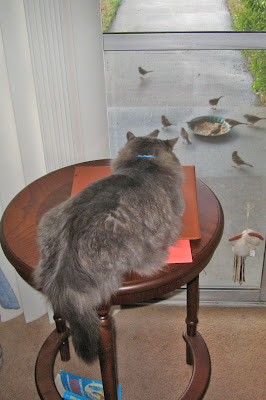
Before I ever made my first trip to Hawaii, several of my children had already been there for one reason or another – the Navy, a graduation present, to visit friends, and so forth. And actually, most of my friends also had been there on a vacation once or twice. So when in 1984 Jerry and I settled on a two week trip to those “magic” isles, thanks to the use of a company timeshare with one week in Honolulu and a second week in Maui, I was really primed to go and enjoy myself at long last.
I really didn’t know much about Hawaii but on top of my “must do” list was a luau at the Royal Hawaiian Hotel. This was what my dreams were made of, and even if I did nothing else I would be satisfied with fulfilling that one dream.
Looking back on those two weeks I have to chuckle; while in the long run we accomplished everything we wanted to do, we did have some minor mishaps getting to that point. The first happened on our first evening there. The timeshare was at a high-rise smack in the middle of Waikiki, along a street near the beach that was lined with other high rises. For me it was a perfect place to stay. I love cities, and the crowds of people of all races and nationalities excited me. We arrived and took possession of our room, which unfortunately was on the back side of the hotel and looked over land, not sea. We opened our suitcases and put all our clothing on hangers. We peeled off our now-too-warm California clothing and slipping into our nightwear. Then came the long awaited Sunset Cocktail and pupus. We kicked back on the balcony and prepared to enjoy our first lovely nightfall in Hawaii and then ….our phone rang. It was the management company for the timeshare, notifying us that the particular unit we were in had just gone into bankruptcy and we would have to move to a different apartment. You can imagine our chagrin.
We were shown to a new apartment, this one on the front side of the building overlooking a major street and beyond, the sea. As we began the process of relocating into this new unit, we discovered it was woefully lacking in most of the amenities -- not only bereft of kitchen utensils and linens, but cleanliness. Another contact with management corrected those conditions, and we settled in. But the next morning at 7 o’clock, instead of awaking to the tunes of Aloha Oe, we were regaled with jackhammers, which heralded a weeklong repair of the street in front of our hotel. The buildings lining the street acted as a funnel for the sounds of the jackhammers, and for the entire week it seemed as if they were working right outside our window.
The following week when we moved to Maui, we were in an entirely different environment, a lovely resort-type apartment on the waterfront, but our apartment there again was on the street side and that street too was under repair, unfortunately right outside our window. The only time it bothered us at either place was early in the morning if we tried to sleep in. However, it did take a little something away from the ambiance of the trade winds!
Back in Waikiki, though, our first duty after arrival was go to the Royal Hawaiian and get tickets for the first available Luau, which turned out to be on Thursday evening. We showed up at the right place and the right time in our best Luau get-up, only to discover that it was billed as “Country Western Night at the Royal Hawaiian” and for the entire evening we saw hulas done by Cowgirls and ukulele songs played with steel guitars. “Blue Hawaii” was sung by Johnny Cash look-alikes.
I LOATHE COUNTY WESTERN MUSIC, so much that on a phone call if I am put on hold and country-western music plays in my ear, I hang up. To say that I was horribly disappointed in my hope for a romantic Hawaiian luau is an understatement. Yes, we stayed, because it cost us an arm and a leg, but it was certainly the biggest disappointment of the trip.
Luckily, we were able to have a semblance of the real thing when we went to the Polynesian Cultural Center on the other side of the island. It was everything I had hoped I would find at the Royal Hawaiian, so it somewhat mitigated my disappointment. And of course the most important memory that still lingers in my mind is the visit to the USS Arizona, a somber, respectful reminder of an infamous moment in our country’s history.
I also brought back a renewed love for the ukulele that I played in junior and senior high school, as well as a discovery of Hawiian music sung, played and sometimes written by the Cazimero Brothers, whose tapes I still play when I’m on a trip down memory aisle. My dream is to get all their music on CDs instead of the old tapes that I still use. Things don’t always turn out exactly the way I expect, but in this case I truly did come home with a smile on my face and a challenge to get strummin’ on the old uke again. And lots of funny things to remember scattered among the good memories I have of the Islands.


































